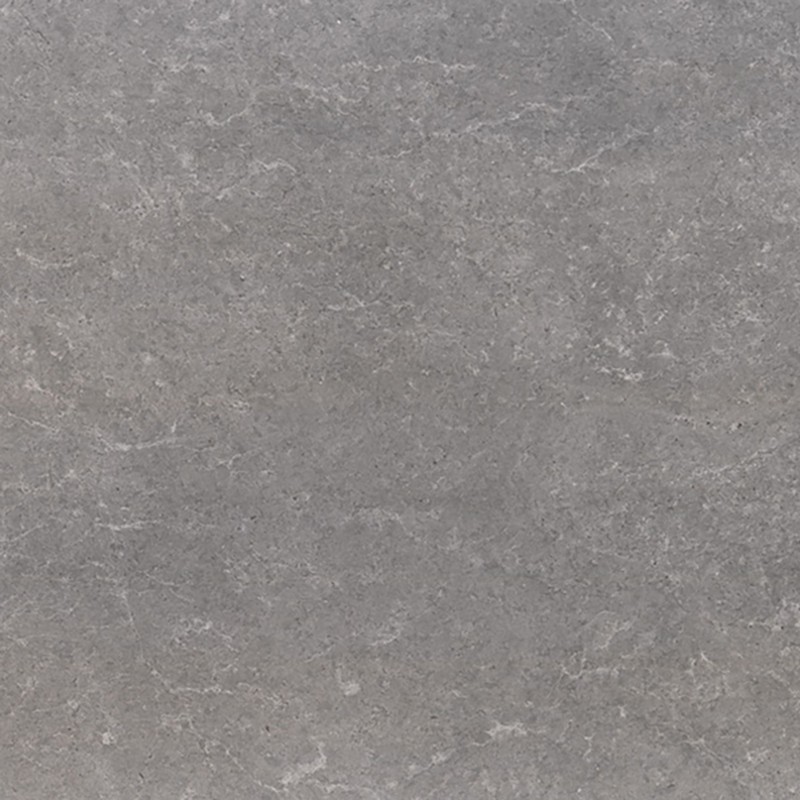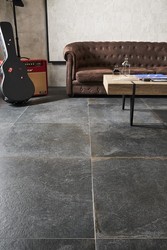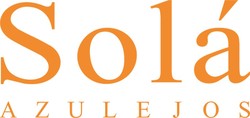Ceramic tiles, porcelain stoneware, tiles, racholas or extruded stoneware: We resolve doubts about the terms and uses of each material
For the ceramic sector, a series of terms are used that sometimes confuse the end consumer. Some refer to the type of material and the use that we can give it, but other times it is simply part of the jargon or language of each province.
The two concepts that are most used are that of tiles and tiles
Tiles
The tile includes all types of materials beyond the ceramic sector, since it is usually used for any product that serves as wall covering or floor coverings.
Stone tiles, concrete tiles or stoneware tiles are some of the examples.
That is why tile could be the same as floor or the same as a tile and does not give many more clues about where we can place it.
Tiles
The tile as it is known is the ceramic piece that we use as interior wall covering. or outside. A tile should never be installed on the floor as it does not meet the necessary characteristics.
Tile is still a very general term that we could continue to segment into finishes, measurements and styles. But in this article we will distinguish the tiles by the type of material
White-body tiles and red-body tiles
The red-body tile is the traditional one in our country. It has been used by Spanish factories since its beginnings and the red earth was typical of our quarries.
In recent years it has stopped being used to the detriment of white paste. That's why red-body tiles tend to be smaller formats or less modern styles.
White-body tiles are the ones found in most tile stores. The white paste is nothing other than the color of the earth that is exported from other countries. Normally Eastern European countries.
Both white or red body tiles are used for covering interior walls, bathroom tiles and kitchen tiles.
They have the same quality and performance against humidity.
Porcelain stoneware
Porcelain stoneware flooring is a resistant and durable material that barely absorbs water. It is the ideal material to use as a floor in high-traffic spaces and as an outdoor terrace floor
There is a very wide variety of products and it has become the most used due to its great features and good value for money. .
As it is the most resistant material for outdoors, brands have filled their catalogs with non-slip porcelain floors. In this way they not only guarantee the durability of the floors but also the safety of people.
Porcelain stoneware can also be placed on the walls although it is not necessary. Due to its hardness, it will be difficult to cut and drill holes, so it will complicate the installer's work unnecessarily.
The price of installing porcelain stoneware will be higher than that of the tile precisely for this reason.
Extruded stoneware
It is a natural stoneware manufactured by extrusion that is usually used outdoors.
Extruded stoneware has the following peculiarities that differentiate it from other materials:
- The most popular collections are unglazed floors.
- It is thicker than other floors (between 12 and 16 millimeters)
- Rustic appearance li>
- Greater water absorption and porous material.
Although there are not many factories dedicated to the production of extruded stoneware, there are still some and it continues to be a in-demand product. Therefore, factories such as Gres de Aragón and Greco Gres have a large share in the market, offering a product of extreme resistance and quality.
FLOORS AND FLOORS
There is no difference between them and it is simply a way of naming them.
Being a little more technical, the pavement would be the tile that is placed on the ground. But in practice, both ways are searched equally and this is shown by the search statistics provided by Google.
A floor, as we said at the beginning, does not have to be stoneware, it can also be a laminate floor, a vinyl, stone or concrete floor, among others.
RACHOLAS
The rachola is what they call tile in Catalonia. You will hear it called that depending on the area you are in but it is only a matter of the language in which you say it. There is no difference.
Due to the number of Catalan-speaking people and the economic activity of the region, it is quite easy that you have heard of it if you are dedicated to the construction and home rehabilitation sector.






Our customers trust us
Opinions of our clients
Receive our news